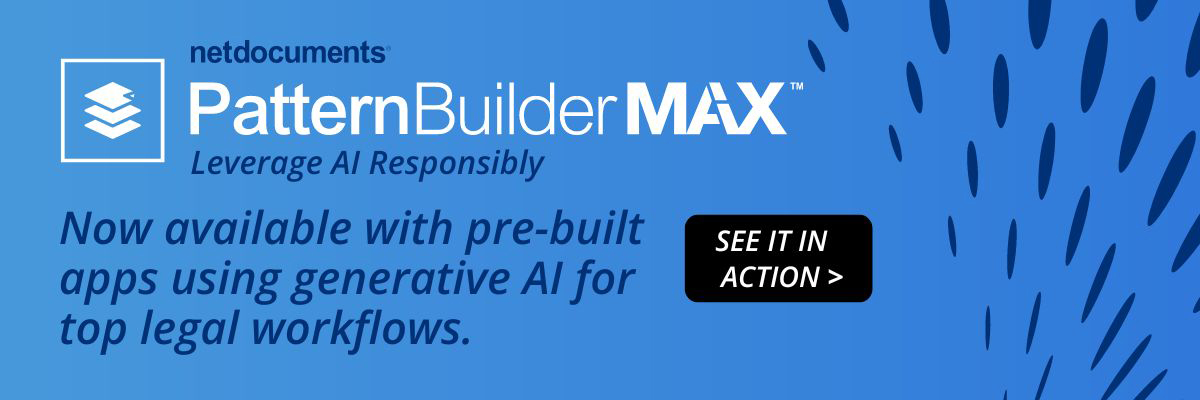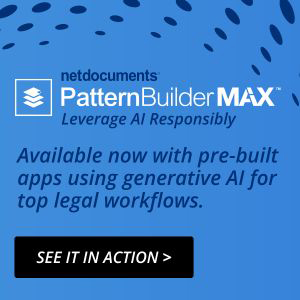The analysis of law firm finances is one area where AI shines. Finance applications play to AI’s strengths as AI is good at sifting through large amounts of data in a short amount of time and analyzing trends. It’s good — and will get better — at checking data inputs and analysis, reducing the risk of error. AI excels at comparing data to benchmarks and detecting fraud. With AI handling the data preparation and number-crunching, humans can focus on strategic analysis.
To illustrate the power of AI in law firm finance, let’s imagine your firm’s managing partner bursts into your office and demands you produce three insightful financial reports and have them on her desk in one hour. Without AI, you are probably sunk. But let’s see if AI can save the day.
LEVERAGING AI FOR FINANCIAL ANALYSIS
You decide the reports you want to present are a revenue analysis by practice area, an expense management review and a financial forecast for the upcoming fiscal year. Normally, these reports are beasts that require gathering data from multiple sources, painstaking analysis and sophisticated interpretation. You are used to doing all of them, but today there is no time. You’ll have to see what AI can do.
Let’s assume you are going to use ChatGPT, the best known of the current large language model (LLM) platforms. It also has versions that are secure and do not train on user data. The way you proceed is to feed ChatGPT the firm’s standard, existing firm financial reports as the data source, along with a prompt of what you want ChatGPT to do.
In the paragraphs below, we describe useful prompts and the results you would expect to see. Because of the space limitations of this article, we are only able to offer a short description of what AI can do. But of course, seeing is believing! Later in the article, you’ll have an opportunity to try it safely for yourself.
1. Revenue Analysis by Practice Area
ChatGPT Prompt: “Given the firm’s financial reports for the last two years, categorize and analyze days to bill, billed time and collected revenue by practice area. Identify trends, highlight growth areas and pinpoint underperforming segments. Suggest actionable strategies for revenue optimization, gaps between billing and collection and other business improvements.”
You are amazed when ChatGPT produces the requested report. The AI system can indeed analyze which practice areas are growing and which are underperforming, given a reasonable data set. This gives the managing partner insights about where to focus the firm’s resources along with what areas need to be shored up or eliminated.
2. Expense Management Review
ChatGPT Prompt: “Analyze the firm's detailed expense report for the previous fiscal year. Break down expenses by category and department, identify trends and areas of high expenditure, and recommend cost-saving strategies without compromising service quality.”
“The analysis of law firm finances is one area where AI shines. Finance applications play to AI’s strengths as AI is good at sifting through large amounts of data in a short amount of time and analyzing trends.”Once again, you are excited the AI system can organize the data, compare it to benchmarks, and identify opportunities for saving money. This has been on your list to do forever, but when were you going to find the time?
3. Financial Forecasting
ChatGPT Prompt: "Using the financial performance data from the past three years, forecast the firm's financial outlook for the next year. Consider current market trends, growth in practice areas, and planned investments. Highlight potential risks and strategic opportunities."
Ugh, forecasting is hard, right? Fortunately, AI's predictive capabilities can make this job much easier, and potentially do it in a more objective way than you or the firm partners ever could. This prompt puts strategic insight in your hands more easily and faster than you ever could before.




